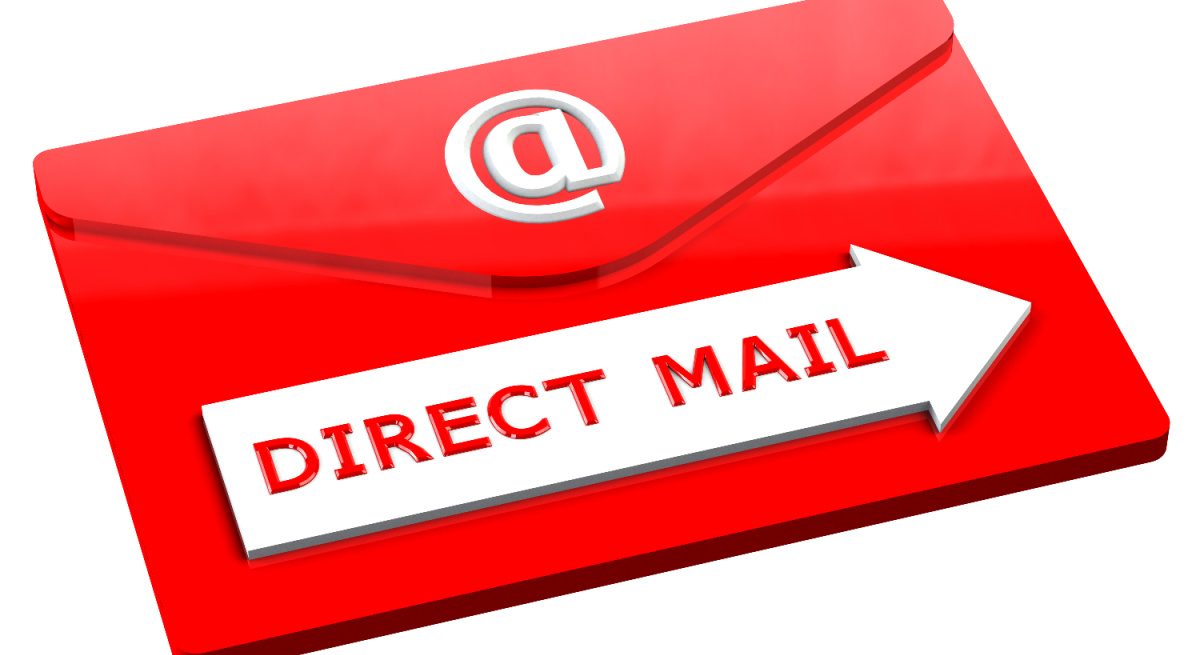Four Steps to Bring in Hungry Customers with Direct Mail
5 Min Read By Joy Gendusa
The pandemic was a true watershed moment for food and dining in America. On one hand, restaurants were stripped of their ability to serve people indoors, so restaurant dining hugely diminished. The National Restaurant Association’s 2021 State of the Restaurant Industry report has some sobering findings:
- The restaurant industry ended 2020 with total sales $240 billion below the pre-pandemic forecast for the year
- As of Dec. 1, 2020, more than 110,000 eating and drinking places were closed for business temporarily or for good
But on the other hand — food consumption is way up. Below are findings from several studies about how the pandemic impacted food intake:
- 56 percent of these participants snacked more frequently
- 42 percent of these study participants changed their consumption frequency during the pandemic, compared to before
- Of all participants surveyed, around one-fifth (20.5 percent) reported that more food had been consumed in their households during the pandemic
People care much more about food today than they did five or 10 years ago. This sudden interest in food has led to the rise of social media influencer “foodies” whose star power rivals Food Network hosts. And with millions of recipes being shared over social media channels daily, this interest will surely grow over time.
The experience of food is hot right now, but where and how we’re having these experiences is still evolving. Direct mail can help you take advantage of the at-home craze that’s bolstering restaurants coast to coast. These four steps will help get you started…
Step 1: Meet the people where they are — in their homes
Direct mail is highly effective when used correctly. A recent neuroscience study into direct mail found that it’s easier to memorize and is more persuasive than digital media.
And the last few Data Marketing Association (DMA) reports find that direct mail is becoming increasingly more persuasive over time. The latest DMA report found that direct mail had a higher response rate than email, social media, and paid search — even if you combined them all and THEN tripled their response rates.
All of the biggest names in at-home food — many of them cutting edge tech platforms — all regularly make use of direct mail to increase business. You've probably been on the receiving end of a big postcard in the mail from Uber Eats or DoorDash with a money-off offer one your first order. There are a number of photos of people who receive these postcards on social media.
While these big companies send large postcards, postcards come in many different sizes. Depending on how noticeable you want your message to be, they range from 4.25” x 5.5” up to 6” x 11”.
There's no one-size-fits-all postcard. If you have a lot of competition and they also mail postcards, I recommend going with a larger sized card. If you don't have much competition, you can probably get away with a smaller card. Just keep in mind that printing your postcards won't be the most expensive part of the campaign — postage always takes up the lion's share of a direct mail campaign's budget.
Step 2: Find the appropriate mailing list
With direct mail, you can hyper-target prospects thanks to data collected from the United States Postal Service. The data associated with mailing lists go back as far as decades and is updated monthly, giving it a long history of reliability. Digital targeting still can’t match these kinds of informational resources or accuracy.
Mailing lists come in many different shapes and sizes. The best mailing list for your campaign will likely depend on your restaurant's price point and where the bulk of your sales come from. Think of your most ideal customer, and then select the mailing list most likely to brimming with people like that.
Here's a quick rundown of each type of mailing list:
- EDDM (Every Door Direct Mail): This list delivers a mail piece to every door in an area you select. It offers the most affordable postage rate, but you'll be giving up some targeting capabilities, because location is just about the only way you can target someone.
- Consumer lists: These lists are flexible. You can target individuals very precisely based on demographics, income, location and even their interests and spending habits. You'll only have to pay for postage to those who fit your ideal profile, but these lists don't come with a postage discount.
- Resident/occupant lists: Think of these lists as the compromise between the two above. You get a slight discount on postage because you're saturating an entire mail carrier's route, and you can target specific areas based on demographic averages, like median income or household value. The targeting isn't exact, but there are some cost savings.
If your restaurant is fast casual and does a lot of business throughout the day (not just at dinner), EDDM might be the best list for you. You can target every door within a certain radius of your location and bring in a lot of foot traffic.
If dinner service is your main earner and you make the most off of big checks, a consumer or resident/occupant list might be better suited, because you can ensure you're reaching people who can afford to come in and treat themselves and their loved ones to a big meal.
Step 3: Make sure your design will leave recipients craving something
While the size of your mail piece and whom you send it to are essential elements of a successful campaign, you can't sleep on the design and layout of your message.
For restaurants, the overall design goal is simple – use imagery that makes the recipient crave your food or drinks. It only makes sense that food and beverage close-ups are featured in almost all of my company's successful restaurant campaigns.
Across all industries and more than 250,000 campaigns, I’ve narrowed down 12 graphic design elements that improve your chance of success – you can find them here.
According to our data, the elements that restaurants must include are a bold headline, pictures of your most appetizing cuisine, a map of your location, and offers for discounted (or even free) food. (That your contact information and website should be on there as well should go without saying.)
Step 4: Be consistent and track
At the end of the day, this could be the most crucial direct mail variable of all – consistent mailings.
Think of a boxing match – any fighter has the chance to land a one-punch KO, but it’s rare. The same goes for mailings.
While some one-mailing direct mail campaigns bring results – like this Sonic that brought in 5,000 customers from postcards or this NYC seafood boilery that brought in 100 – the safest way to generate bottom-line results is multiple mailings.
Take this Massachusetts Grill, for example, who ran direct mail campaigns with us for seven years. Each month they sent out 800 postcards, and about 55 percent (440 customers) of the postcards make their way back to the restaurant for a MASSIVE monthly return.
Lastly — and this goes for all the marketing you do, not just direct mail — make sure to track everything. Not just the bottom-line results, like customers brought in and revenue generated, but their origins as well.
It’s impossible to know if marketing is working without tracking it. And with tracking comes measuring its success, improving the campaign.
Hopefully, these tried-and-true tips will help guide you to direct mail success, and before long, you’ll have a line of hungry patrons at your door.


